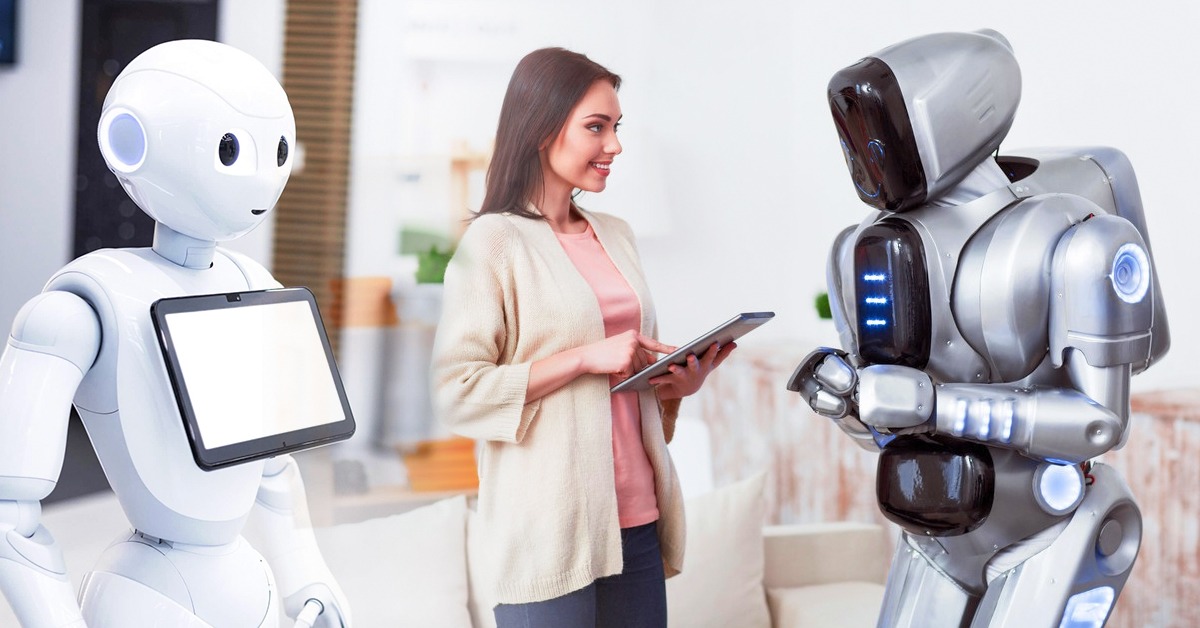
It has been over 100 years since the first robot was designed. And just see how these intelligent machines are getting more human. Yes, human, I mean and not merely humanoid. It's a story of transition from the days when autonomous robots performed potentially hazardous tasks without human assistance. I believe the next generation of robots will have to do something more challenging than navigating risky expeditions like exploring deep oceans or setting foot on the Red Planet. The next frontier for a robot is the home- fitting into our daily lives. I'm talking of social robots instead of avatars and chatbots that claim to be social but can't take an anthropomorphic form.
Imagine robots that can reason, decode our emotions, figure out our intentions, and engage with us just like humans! That's a bigger social mandate than what Alexa or Siri are delivering.
More Fluff Than Real Stuff?
To imagine robots as our emotional companions isn't that believable for many. Perhaps, the closest we could see was in Sophia, a social humanoid robot built by Hanson Robotics. Sophia did show some emotion. Social robots are fast becoming the next major user interface. Moreover, they are multi-taskers. Whether pre-screening patients with signs of the most underdiagnosed diseases, providing multilingual travel assistance, helping tourists navigate and discover attractions, tutoring students, or enhancing customer engagement by supplying product information, social robots are becoming increasingly useful. That's why the World Economic Forum (WEF) named Social Robotics as one of the Top 10 Emerging Technologies in 2019. The social robotics market is estimated to grow to 699 million USD by 2023 (Research & Markets), with the healthcare sector as the major driver.
Don't Look Next Door; The Buddy Is at Home
Roboticists have warmed up to this challenge of designing social robots that help people with everyday tasks, such as cooking dinner, learning math, taking care of the elderly or assembling furniture. Blue Frog Robotics developed Buddy, positioning it as the emotional companion. Amazon's latest social robot- Astro, is a kind of an indoor sentinel. The mega e-retailer claims it can keep an eye on the pets, check if kids are doing their homework, help caretakers minister to older persons, and watch out for intruders. Other social robots have shown how disruptive they can be in human lives. For example, Kismet is a robot head that understands and exhibits emotion when interacting with humans, while Tico is developed to improve children's motivation in the classroom. In Bandit, you have a robotic assistant designed to teach social behaviour to autistic children. Jibo, a consumer-oriented social robot, understands speech and facial expressions and seeks to form relationships with the family that adopts it.
Social robots are the next #UserInterface. They are multi-taskers capable of decoding human emotions.@amazon @wef @socialrobot @BlueFrogRobotic @RealSophiaRobot @hansonrobotics#alexa #robots #Robotics #Sirihttps://t.co/vlYIQfkYj0
— Priyadarshi Nanu Pany (@NanuPany) December 21, 2021
The Risks of Getting Too Social with Robots and What's Ahead
Robots are programmed devices. Though social robots have a limited understanding of our emotions, they still lack empathy and reasoning. Like other technology, robots are vulnerable to hardware malfunctions and failures. Plus, there lies the risk of people developing an over-dependence on social robots for emotional companionship. Social robots are designed to complement human efforts and not supersede them. I feel the widespread and mass adoption of social robots is still around a decade in the waiting. Before that, the roboticists have to get better in their craft and design robots whose emotional thinking and reactions match their human counterparts' wavelength. As we move on, greater man-machine collaboration is inevitable. Yet, it should not be without navigating risks and minding the 'ifs' and 'buts'.




































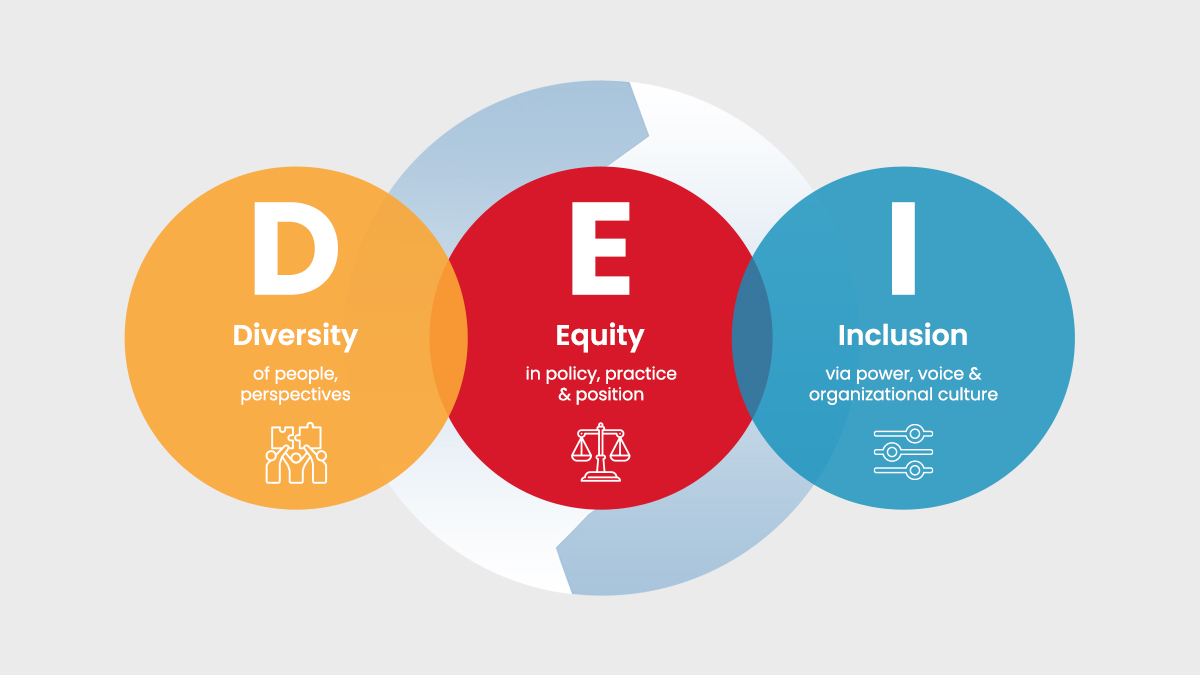
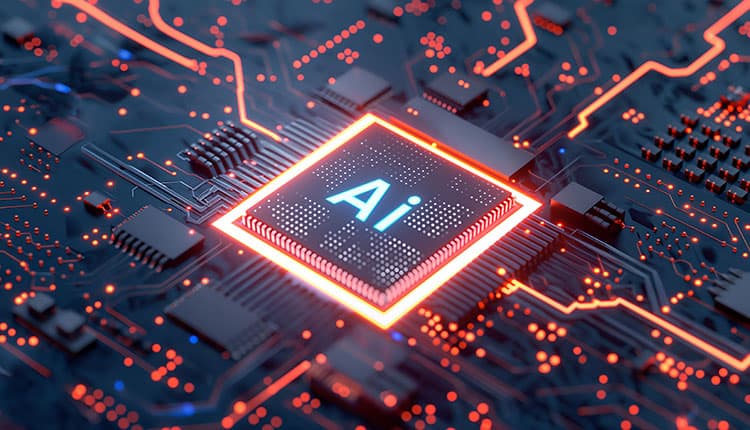

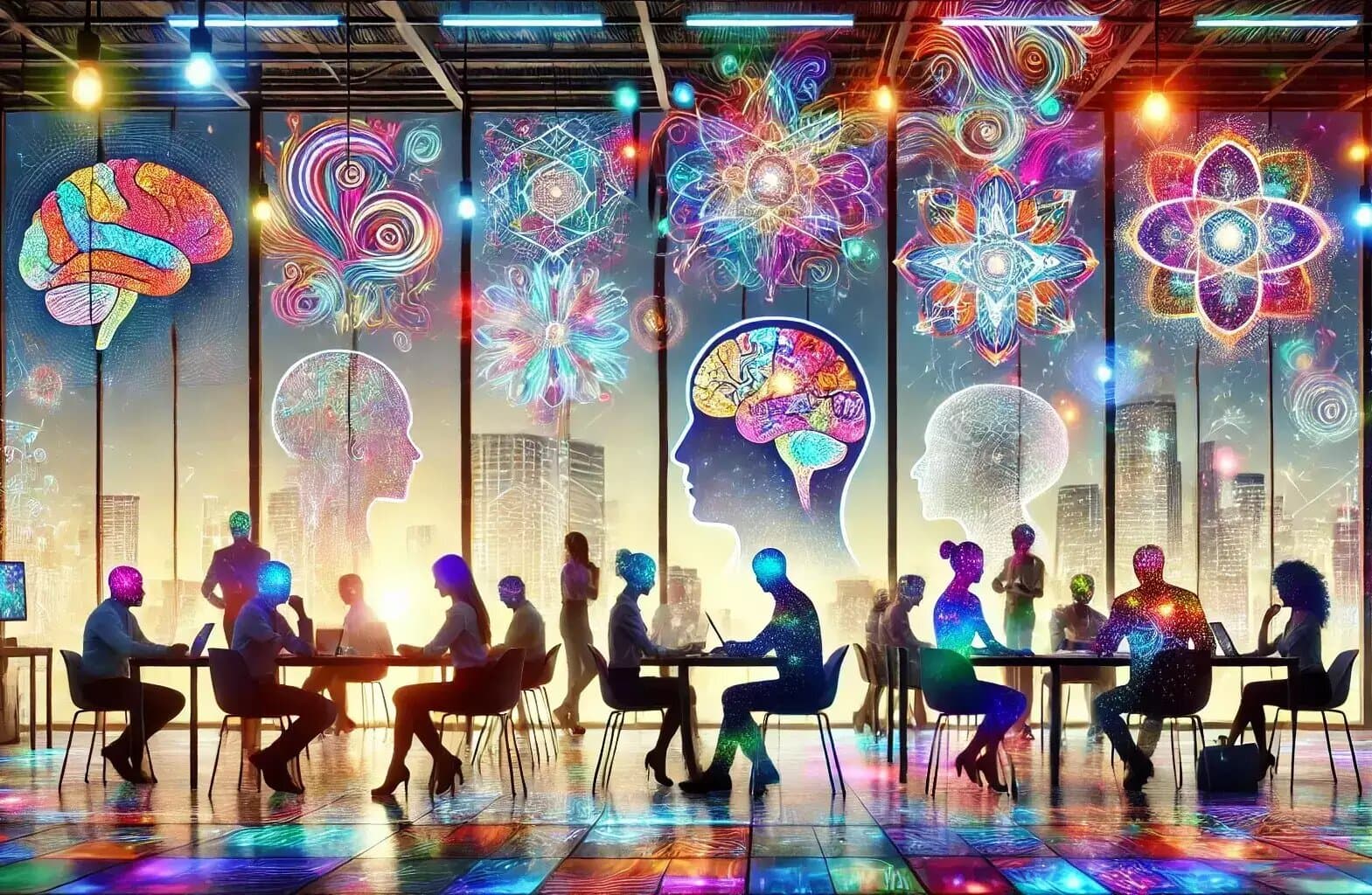
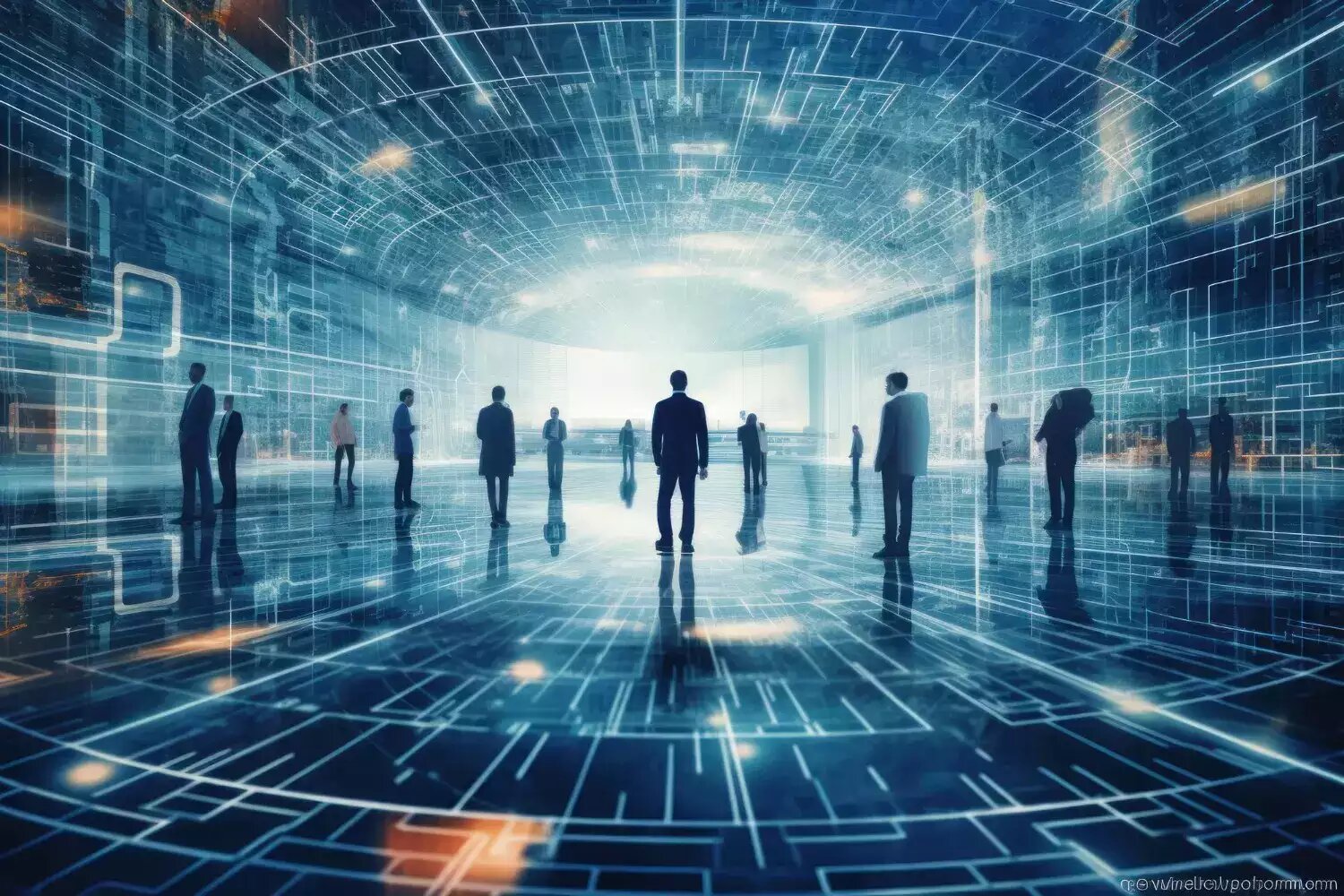
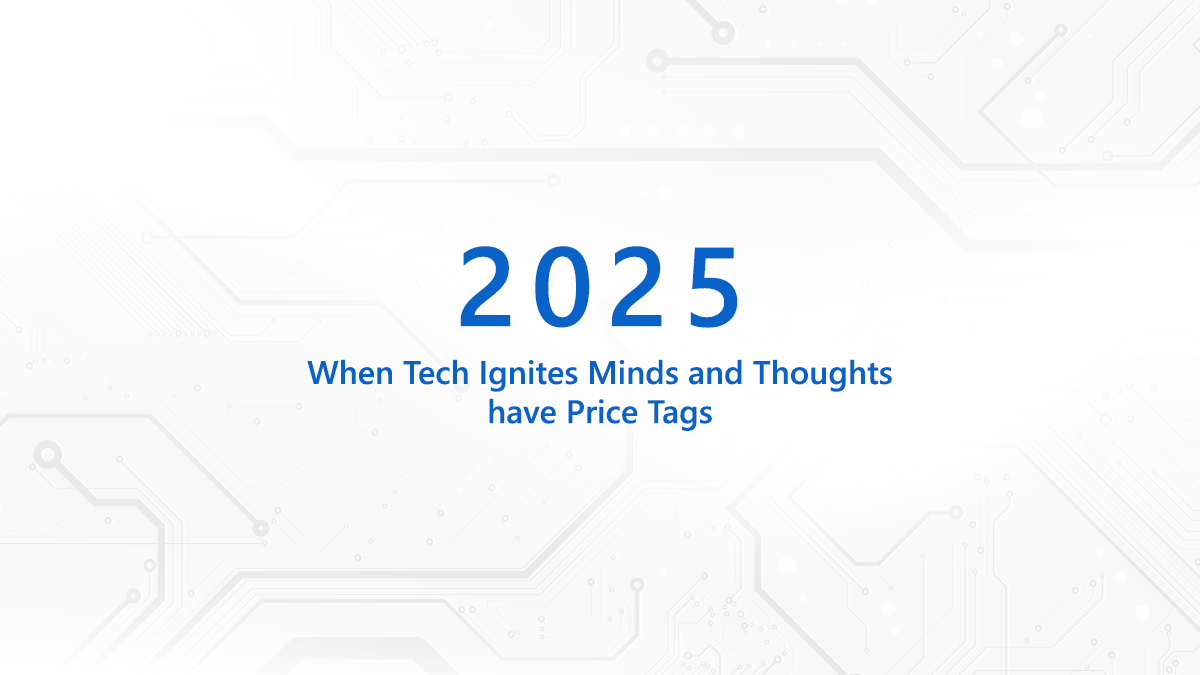
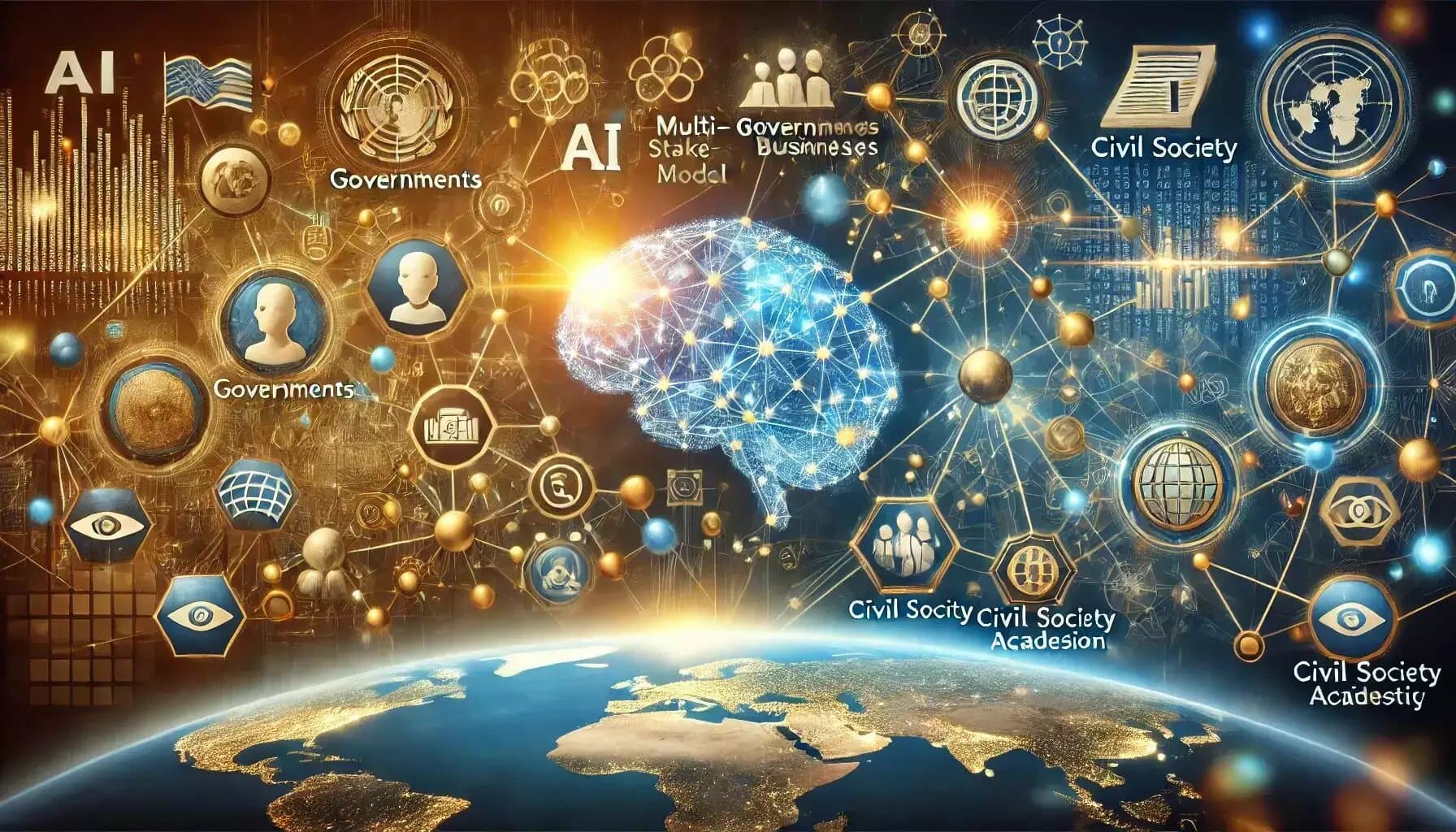

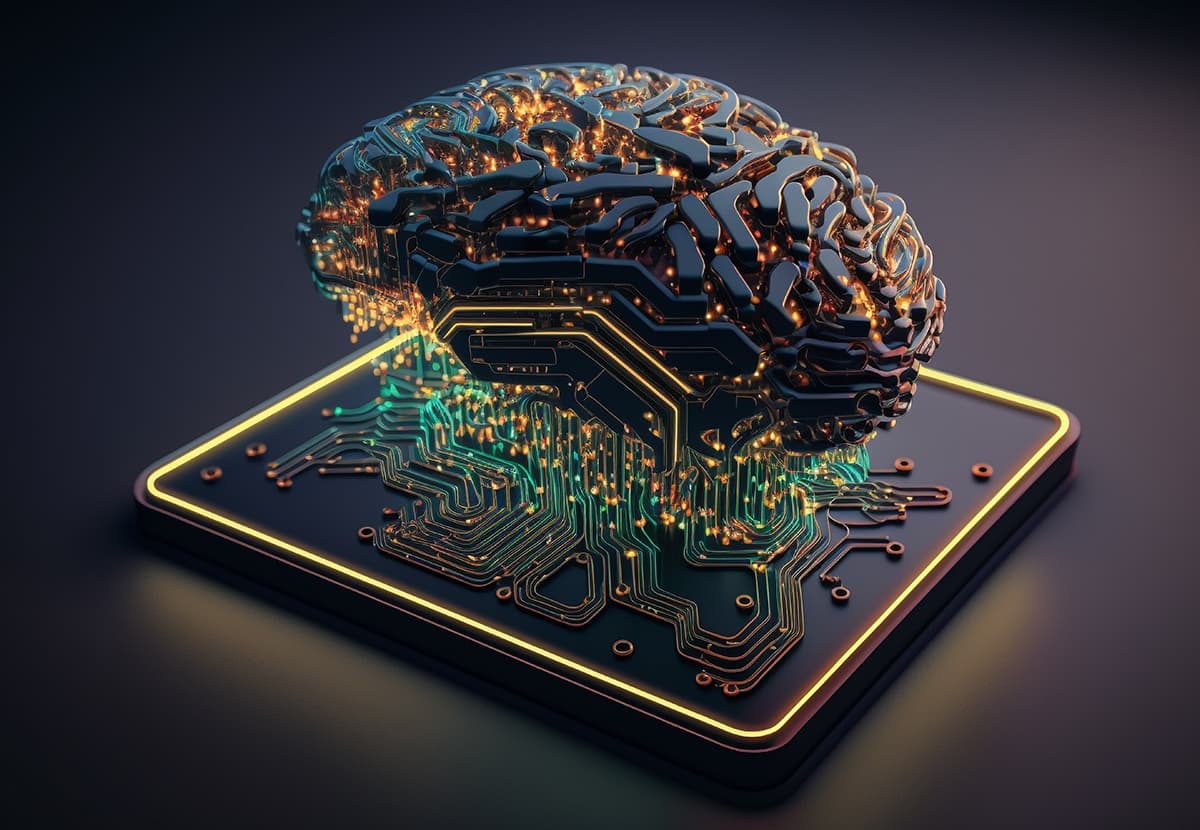













We will verify and publish your comment soon.